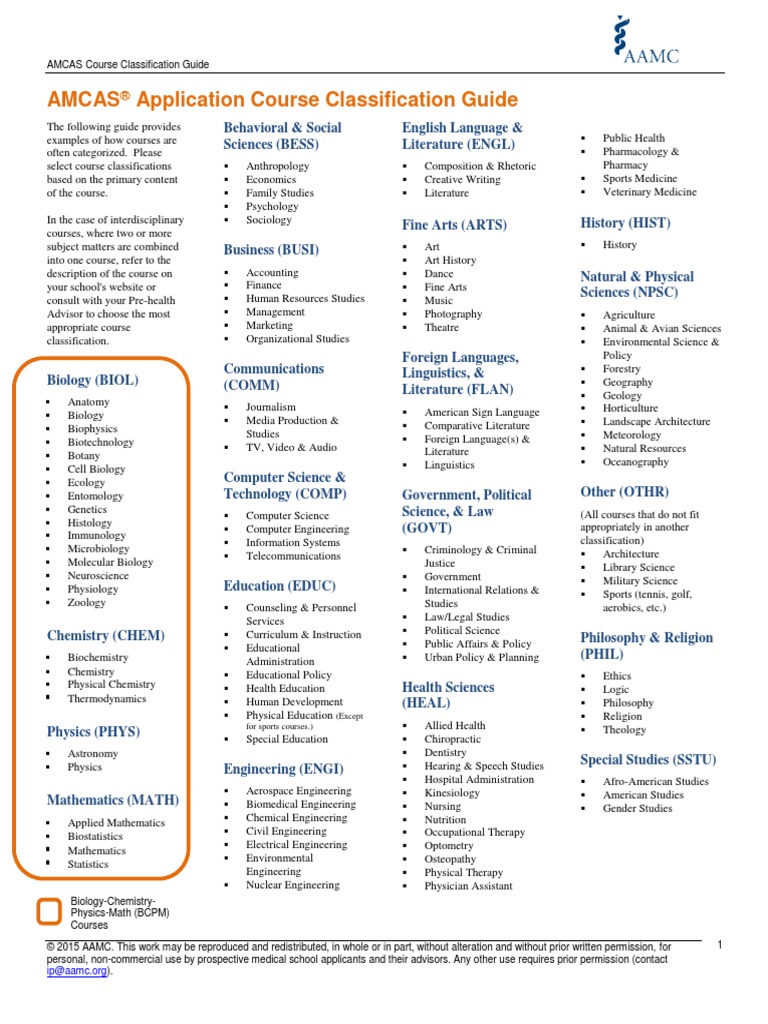8 Essential Reactions: Carbonyl Vs Carboxyl For Mastering Organic Chemistry

In the intricate world of organic chemistry, understanding the reactivity of functional groups is paramount. Among these, carbonyl (C=O) and carboxyl (-COOH) groups stand out due to their prevalence and diverse chemical behaviors. While both contain a carbon-oxygen double bond, their distinct structures and properties lead to fundamentally different reactions. This article delves into the essential reactions of carbonyl and carboxyl groups, providing a comparative analysis to help you master these critical concepts.
1. Nucleophilic Addition: The Carbonyl Group's Signature Reaction

Carbonyl groups are electrophilic centers, attracting nucleophiles due to the partial positive charge on the carbon atom. This inherent reactivity underpins a wide range of nucleophilic addition reactions.
- Nucleophile Attack: A nucleophile (e.g., hydroxide ion, cyanide ion) attacks the electrophilic carbon of the carbonyl group, forming a tetrahedral intermediate.
- Proton Transfer: A proton is transferred from the intermediate to a base, leading to the formation of an alcohol (in the case of aldehydes and ketones) or a cyanohydrin (with cyanide ion).
2. Oxidation: Carboxyl Groups Emerge

While carbonyl groups can be oxidized, carboxyl groups are the product of complete oxidation of aldehydes and primary alcohols. Secondary alcohols, however, yield ketones upon oxidation.
Oxidizing Agents:- Potassium permanganate (KMnO₄)
- Chromic acid (H₂CrO₄)
- Pyridinium chlorochromate (PCC)
3. Decarboxylation: A Unique Carboxyl Reaction
Carboxyl groups can undergo decarboxylation, a reaction where CO₂ is eliminated, leaving behind a hydrocarbon chain. This reaction typically requires high temperatures and the presence of a strong base.
Example:Heating sodium acetate (CH₃COONa) with soda lime (NaOH/CaO) leads to the formation of methane (CH₄) and sodium carbonate (Na₂CO₃).
4. Esterification: Carboxyl Groups Form Esters
Carboxyl groups react with alcohols in the presence of an acid catalyst to form esters, a reaction known as Fischer esterification.
Mechanism:- Protonation of the carbonyl oxygen by the acid catalyst.
- Nucleophilic attack by the alcohol oxygen on the electrophilic carbonyl carbon.
- Proton transfer and elimination of water to form the ester.
5. Reduction: Transforming Carbonyl to Alcohol

Carbonyl groups can be reduced to alcohols using reducing agents like sodium borohydride (NaBH₄) or lithium aluminum hydride (LiAlH₄).
Selectivity: * NaBH₄: Reduces aldehydes and ketones to primary and secondary alcohols, respectively. * LiAlH₄: More reactive, reducing aldehydes, ketones, esters, and even carboxylic acids to alcohols.6. Amide Formation: Carboxyl Groups React with Amines
Carboxyl groups react with amines to form amides, a reaction crucial in peptide bond formation and drug synthesis.
Activation: * Carboxyl groups are often activated using coupling reagents like dicyclohexylcarbodiimide (DCC) or carbodiimides to facilitate the reaction.7. Haloform Reaction: A Specific Carbonyl Test
Aldehydes and ketones with an alpha-methyl group undergo the haloform reaction with halogenating agents like chlorine or bromine in the presence of a base, producing a haloform (CHX₃, where X = Cl or Br) and a carboxylic acid.
Significance: * This reaction is a classic test for the presence of a methyl ketone or aldehyde.8. Comparison Table: Carbonyl vs. Carboxyl Reactions
| Reaction | Carbonyl Group | Carboxyl Group |
|---|---|---|
| Nucleophilic Addition | Yes | Limited (due to resonance stabilization) |
| Oxidation | To carboxylic acid (aldehydes) or ketone (secondary alcohols) | Resistant to further oxidation |
| Decarboxylation | No | Yes |
| Esterification | No | Yes |
| Reduction | To alcohol | To alcohol (with strong reducing agents) |
| Amide Formation | No | Yes |
| Haloform Reaction | Yes (with alpha-methyl group) | No |

What is the main difference in reactivity between carbonyl and carboxyl groups?
+Carbonyl groups are highly reactive towards nucleophilic addition due to the electrophilic carbon, while carboxyl groups exhibit greater stability due to resonance and are more prone to reactions like decarboxylation and esterification.
Can carboxyl groups undergo nucleophilic addition like carbonyl groups?
+Carboxyl groups can undergo nucleophilic addition, but the reaction is less favorable due to resonance stabilization of the carboxylate anion, which makes the carbonyl carbon less electrophilic.
Why are carboxyl groups more susceptible to decarboxylation than carbonyl groups?
+Carboxyl groups can lose CO₂ because the resulting carboxylate anion is stabilized by resonance, making the decarboxylation process energetically favorable under appropriate conditions.
How does the oxidation of primary and secondary alcohols differ in terms of products formed?
+Primary alcohols are oxidized to carboxylic acids, while secondary alcohols are oxidized to ketones. This difference arises from the ability of the carbonyl group in ketones to resist further oxidation.
What role does activation play in amide formation from carboxyl groups?
+Activation using coupling reagents like DCC increases the reactivity of the carboxyl group by forming an active intermediate, facilitating the nucleophilic attack by the amine to form the amide bond.
Mastering the reactions of carbonyl and carboxyl groups is fundamental in organic chemistry. While both groups share the carbon-oxygen double bond, their distinct structures lead to unique reactivity patterns. Understanding these differences allows chemists to predict and control reactions, paving the way for the synthesis of complex molecules and materials.


